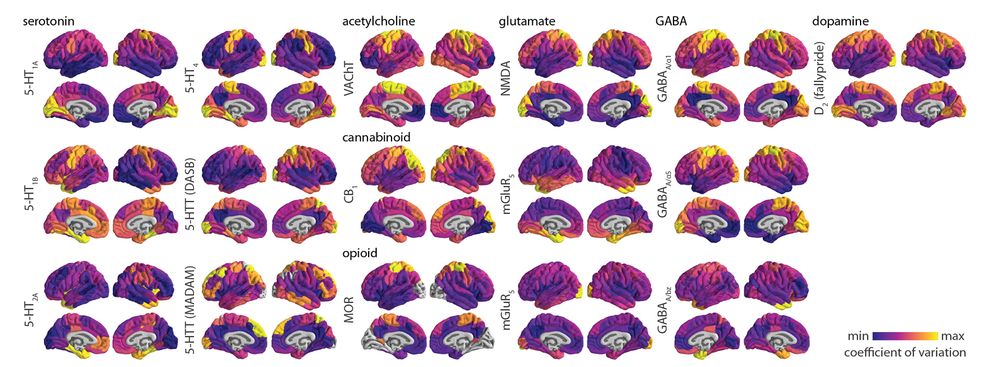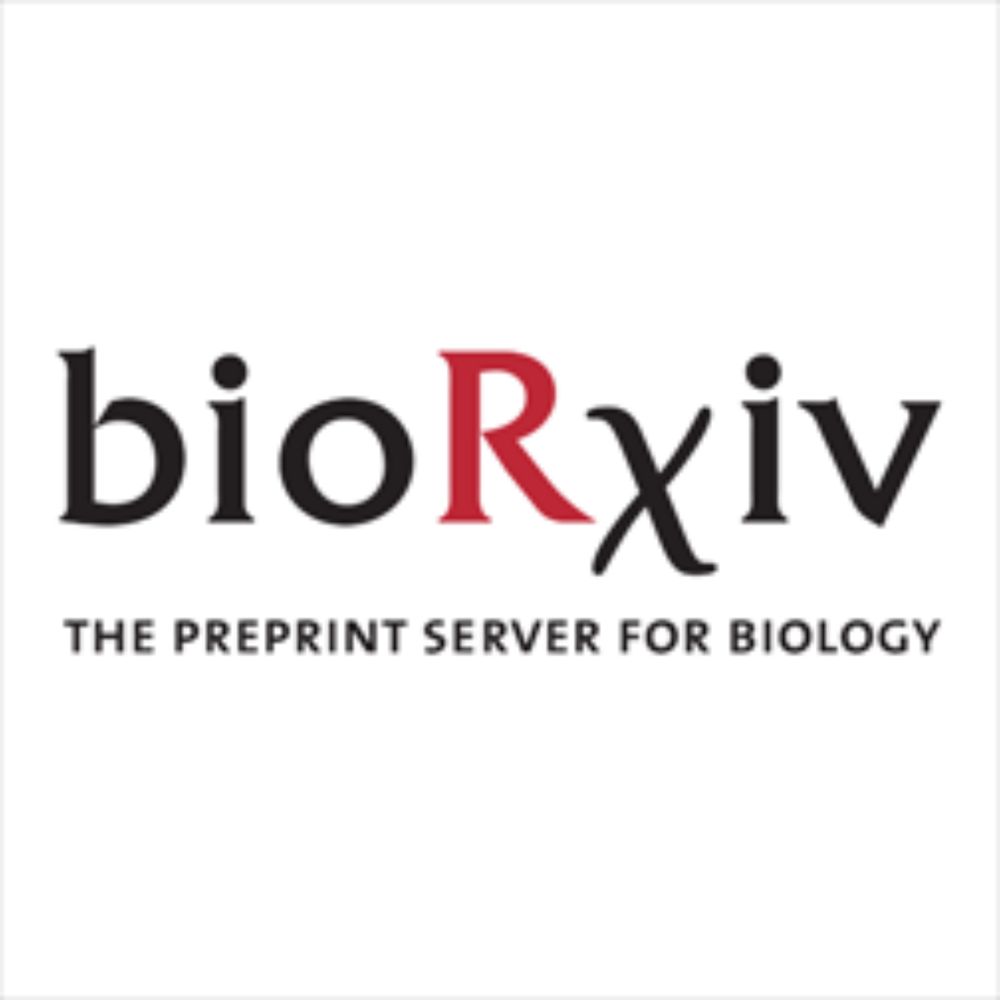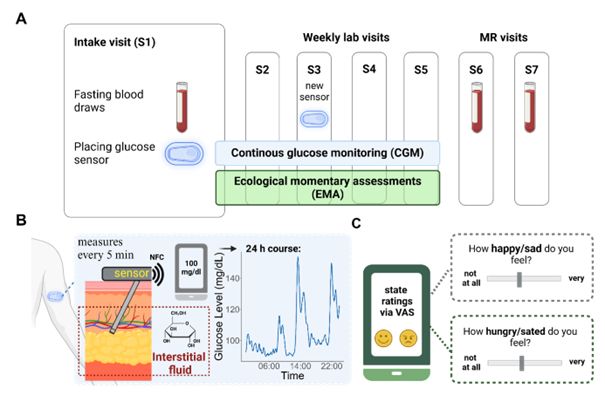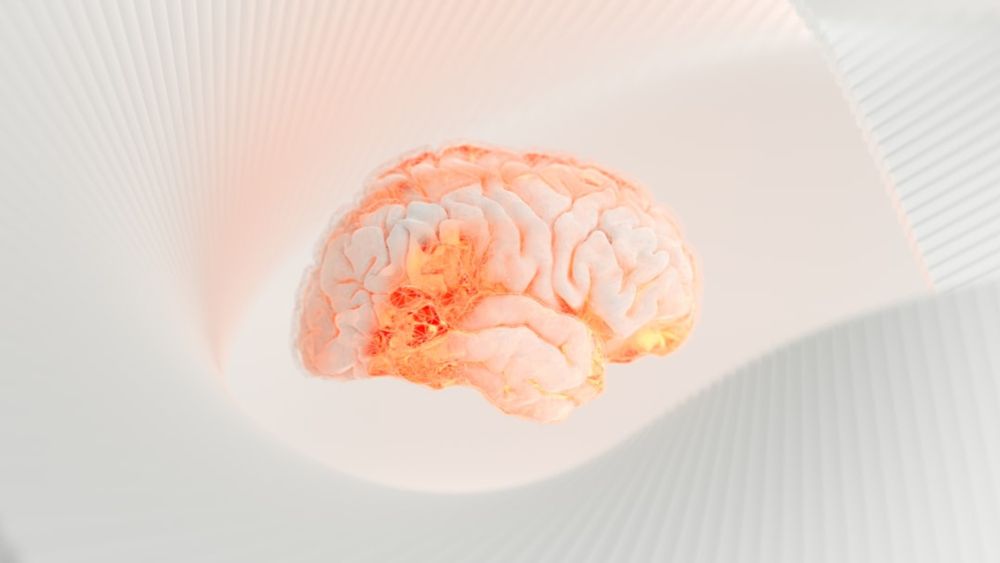I'm thrilled to share that our new paper is now published in Psychophysiology (Open Access):
onlinelibrary.wiley.com/doi/10.1111/...
@zacndr.bsky.social @teamlabuda.bsky.social @fraferri.bsky.social @danlikesbrains.bsky.social
26.09.2025 08:25 — 👍 32 🔁 16 💬 1 📌 0
Open postdoc position👈
We have an open position, starting early 2026, to work on an exciting project aiming at better understanding the role of thalamo-cortical brain oscillations in perception with a comparative, cross-species (animal-human) component based on electrophysiology (incl. scalp EEG).
27.09.2025 11:21 — 👍 32 🔁 26 💬 5 📌 0

Quantifying Rhythmic and Arrhythmic Components of Brain Activity
Brain activity comprises both rhythmic (periodic) and arrhythmic (aperiodic) components. These signal elements vary across healthy aging, and disease, and may make distinct contributions to conscious ...
Quantifying rhythmic and arrhythmic brain activity is a hot 🥵 topic. But how independent are the two components from one another? 🤔 In my latest work with @smfleming.bsky.social & @matlandry.bsky.social, I explore the relationship between the two.
(1/4)
25.09.2025 11:21 — 👍 28 🔁 10 💬 1 📌 0

Poster with key data for the Young Scientist Retreat 2025. Dates: October 21–24, 2025, in Hamburg, Germany. Costs: €100 for members of DGPA and bioDGPS, €150 for members of DGPA or bioDGPS, €200 for non-members. Includes: 3 nights with meals and coffee breaks at a&o Hamburg City in a 2-bed room (Spaldingstr. 160, 20097 Hamburg). Eligibility: Doctoral students, postdocs, and junior professors (up to 8 years after PhD). Registration deadline: September 29, 2025, 16:00 CET. Note: Membership can be obtained with the YSR application to benefit from discounts."
🚀 Young Scientist Retreat 2025 – Hamburg 🌍
📅 October 21–24, 2025
👉 Register here: tinyurl.com/ycmyshra (Google Form)
If this does not work, feel free to write sarah.danboeck@uni-mannheim.de
Let’s connect, learn & grow together in Hamburg! 🌟
ysr2025 #Biopsychology #YoungScientists
(more below)
12.09.2025 08:33 — 👍 16 🔁 18 💬 1 📌 8

Presented my poster „Towards Personalized Neuroscience: Evaluating Individual-Level Information in Neural Mass Models“ at ICON2025! Grateful for the feedback and conversations about whole-brain modeling. Paper (hopefully) out soon!
#ICON2025 #CognitiveNeuroscience
24.09.2025 13:18 — 👍 5 🔁 1 💬 0 📌 0
Excited to share that our work introducing the Reproducible Brain Charts (RBC) data resource is now published in Neuron!! 🎉
📚 Read the paper: authors.elsevier.com/c/1lpaF3BtfH...
🧠 Explore the RBC dataset: reprobrainchart.github.io
22.09.2025 21:51 — 👍 72 🔁 39 💬 3 📌 2


🧠Out now @natcomms.nature.com !
Brain changes linked to childhood maltreatment are among the field's most published findings. Yet, we find extensive replication failure of gray matter correlates in three large cohorts (N=3225), consistent across subsamples, models and operationalizations🧵
16.09.2025 16:21 — 👍 30 🔁 23 💬 2 📌 1

Inter-individual variability of neurotransmitter receptor and transporter density in the human brain | bioRxiv www.biorxiv.org/content/10.1...
11.09.2025 01:47 — 👍 15 🔁 10 💬 0 📌 0
Very interesting research management position at the Hertie Institute for Clinical Brain Research (HIH) in Tübingen 👇
11.09.2025 16:00 — 👍 0 🔁 1 💬 0 📌 0

News from ENIGMA-Epilepsy! 🧠
Our latest study links polygenic risk for TLE-HS to cortical thinning in kids—mirroring patterns in adult patients.
Early imaging-genetics insights could reveal interplay of epilepsy risk and phenotypes before symptoms emerge.
Read more 👉 doi.org/10.1093/brai...
18.08.2025 11:42 — 👍 22 🔁 8 💬 0 📌 1
Thanks to all (co)authors & reviewers for their contribution to this study on #layer specific changes in #sensory #cortex across the #lifespan in #humans & #mice now out in @natneuro.nature.com Here is a short summary of our findings 1/6
11.08.2025 14:29 — 👍 41 🔁 19 💬 1 📌 1

🧠⏱️ New preprint!
We found that temporal prediction errors are more strongly encoded when an overt response is required, and this encoding occurs in motor rather than sensory space.
www.biorxiv.org/content/10.1...
🧵👇
08.08.2025 07:05 — 👍 5 🔁 3 💬 1 📌 1
📢 Exciting News!
Tübingen Systems Neuroscience Symposium #SNS2025 will happen on 6️⃣-7️⃣ October! 🎉
Plenary lectures, poster sessions and social events with leading experts in the field 🧠
registration 👉 meg.medizin.uni-tuebingen.de/sns_2025
See you there! 👋
09.07.2025 09:02 — 👍 11 🔁 8 💬 0 📌 1

Respiration as a dynamic modulator of sensory sampling
Respiration dynamically modulates sensory perception by orchestrating transient states of the brain and the body. Using simultaneous recordings of high-density magneto-encephalography (MEG), respirati...
New preprint with amazing work from @nchalas.bsky.social:
How does respiration influence (un-)predictable near-threshold perception? MEG, arousal modulation, excitability states, respiration phase-resolved connectivity changes - it's all there :)
#neuroskyence
www.biorxiv.org/content/10.1...
30.06.2025 12:21 — 👍 29 🔁 21 💬 0 📌 0
Thanks for organizing it ;-)
01.07.2025 07:40 — 👍 1 🔁 0 💬 0 📌 0

We also had the Posterblitz session 🎤 at our #PuG2025, where the following researchers presented their work: @danschfbg.bsky.social, @cstier.bsky.social, @gaertneranne.bsky.social, Anna-Lena Tebbe, Paula Lea Usemann, Hilmar Zech, Nils Wehner, and Emely Voltz 🥳👏
30.06.2025 17:47 — 👍 14 🔁 7 💬 0 📌 1
Do you work with #hormones? 🚶♂️🐁 🧫 Have you ever tried to share your data or worked with datasets and encountered challenges?
#NODES aims to develop a standard data format for hormones to remedy this.
Participate in our Delphi study to let us know what should be considered (open until mid June). ⬇️
04.06.2025 07:20 — 👍 17 🔁 15 💬 1 📌 2

Summary of the study. A: The schematic shows the experimental procedure, illustrating five weekly lab visits followed by 2 MR visits labeled from S1 to S7. After the first session (S1), participants undergo four weeks of continuous glucose monitoring (CGM) combined with ecological momentary assessment (EMA). B: The CGM system uses a small flex sensor placed at the posterior upper arm that is inserted in the subcutaneous fatty tissue. The glucose sensor, positioned beneath the skin surface layers (epidermis and dermis), measures glucose levels in the interstitial fluid within the subcutaneous adipose tissue. The data is wirelessly sent via near field communication (NFC) to the FreeStyle Libre 3 app on the participant’s cell phone. The accuracy of the sensor concerning capillary glucose has been validated (Alva et al., 2022). C: Participants rate their metabolic and mood states twice daily using a visual analog scale (VAS), ranging from 0 (not at all) to 100 (very).
Do you get in a bad mood if you are hungry? Over 4 weeks with EMA+CGM, we tested if mood shifts are subconsciously driven by glucose levels or ratings of metabolic state #neuroskyence 🩺
Work w/ @kristinkaduk.bsky.social @akuehnel.bsky.social @derntllab.bsky.social
www.biorxiv.org/content/10.1...
03.04.2025 18:55 — 👍 85 🔁 23 💬 1 📌 6


Temporal autocorrelation is predictive of age — out now!
www.pnas.org/doi/10.1073/...
We used @camcan-2010.bsky.social #MEG data and massive time-series feature extraction (hctsa) to understand which aspects of neural activity predict a person's age. #PNAS #aging #MEG #Neuroscience #Neuroskyence
04.03.2025 16:29 — 👍 25 🔁 10 💬 1 📌 0
Aaaand the paper is out on Imaging Neuroscience! 🤩
To learn about cool new (and old) features to be used in classifying M-EEG brain states, check it out:
doi.org/10.1162/imag...
Big thanks to all the co-authors and the reviewers for their great input 🫶
19.02.2025 14:04 — 👍 24 🔁 10 💬 0 📌 0
We are very excited to announce the open release of a new 170 participant dataset: Linked MEG, TMS, multimodal 3T MRI, 7T MRI, Connectom MRI, cognitive /questionnaire data. Immense effort from a fabulous
CUBRIC team. Paper by Carolyn McNabb et al: doi.org/10.1038/s415...
06.02.2025 11:43 — 👍 145 🔁 67 💬 2 📌 8
Recording Multimodal Data During Daily Activities!
This example showcases simultaneous ECG and movement data (accelerometer & gyroscope) from an ECG belt and wristband. We recorded data during cycling, rest, daily tasks, walking, and running.
#Neuroscience #Neuroskyence #interoception #Spica
10.12.2024 12:45 — 👍 6 🔁 3 💬 0 📌 0
Congratulations, Deniz! 🥳
09.12.2024 12:00 — 👍 1 🔁 0 💬 0 📌 0
Just in time for #AES2024, let's grow this list of epilepsy imagers! go.bsky.app/HnaoTqF
05.12.2024 16:44 — 👍 21 🔁 11 💬 0 📌 0

My 1st message: “hello world”
My 2nd message: JOB ALERT- please share❗
We are looking for 1 PhD candidate If you are interested in #sleep and #memory reprocesing in aging, please get in touch!
02.12.2024 15:59 — 👍 12 🔁 12 💬 2 📌 1
New preprint for all those who are interested in brain network alterations in epilepsy and "only" have (low-density) routine EEG data available...
29.11.2024 08:46 — 👍 6 🔁 2 💬 0 📌 0
Happy we can now share the open access link for our recent review on interoception and MDD/anxiety:
sciencedirect.com/science/arti...
B³ lab PhD student @martinasaltafossi.bsky.social really pushed this one, she has some great translational interoception work lined up.
04.10.2024 07:56 — 👍 7 🔁 4 💬 0 📌 0
CNRS Researcher (DR) at CerCo, in Toulouse (France). Interested in brain oscillations and visual perception/ awareness.
Connecting brain rhythm researchers since Jan 2022. Based at University of Dundee Psychology. Funding: Royal Society of Edinburgh (RSE). Email: SCONe@dundee.ac.uk. More on https://sites.dundee.ac.uk/scone/
Cognitive Neuroscientist | #Memory & #Sleep | from single neurons to sleep oscillations in humans | http://schreiner-lab.com, Trinka-Lab and with Mormann-Lab.
Psychologist, Earl Grey fueled Postdoc ☕️ University Children‘s Hospital Zurich 🔍🫀 Congenital Heart Disease #chd
Post-doc with Michael Anderson at MRC-CBU, University of Cambridge. Interested in studying memory and inhibitory control over memory, primarily using behavioural and neuroimaging methods
KEY Inst Brain-Mind Research @UniZurich
neuroscience imaging connectivity EEG MEG oscillations
+LORETA+
Lagged Coherence/PhaseSynch
Multivar/HiOrder InfoFlow
https://scholar.google.com/scholar?q=pascual-marqui
https://www.uzh.ch/keyinst/
Professor for Translational Imaging of Cortical Microstructure | Hertie Institute for Clinical Brain Research | DZNE | Tübingen Germany
ABIM is a neuroscience meeting which takes place every year in the small, picturesque village of Champéry, Switzerland, with scenic views on the Swiss Alps.
The Jacobs Center for Productive Youth Development is a scientific center at the University of Zurich focused on youth development. The Center is a joint venture between the University of Zurich and the Jacobs Foundation.
jacobscenter.uzh.ch
CBT therapist and postdoc at Charité Berlin working in neuroimaging psychiatry🧠 Topics: childhood maltreatment, neurobiology, depression and replicability / open science
Professor of psychology. Center for Lifespan Changes in Brain and Cognition. University of Oslo. Interested in the brain from the start to the end. www.lcbc.uio.no
PhD candidate, MPI CBS, MPSCog,
brain oscillations, cortical microstructure
https://alinastudenova.com/
Interested in data analysis, neuroscience, machine learning
Tweets from the Brain and Cognition Lab (PI: @kianobre.bsky.social)
Postdoctoral Researcher studying brain activity to identify biomarkers
Passionate about the mental health science, psychotherapy, my family and coffee
The Institute for Mind and Brain at the University of South Carolina works to understand the biological bases of the mind, brain, and cognition and intersections with health, aging, and neurodevelopment.
The stats book guy. Metal fan masquerading as Prof of Quantitative Methods. Learn R with the discovr package. (http://discovr.rocks/discovr/).

















